Inspiring [Students of the Future]
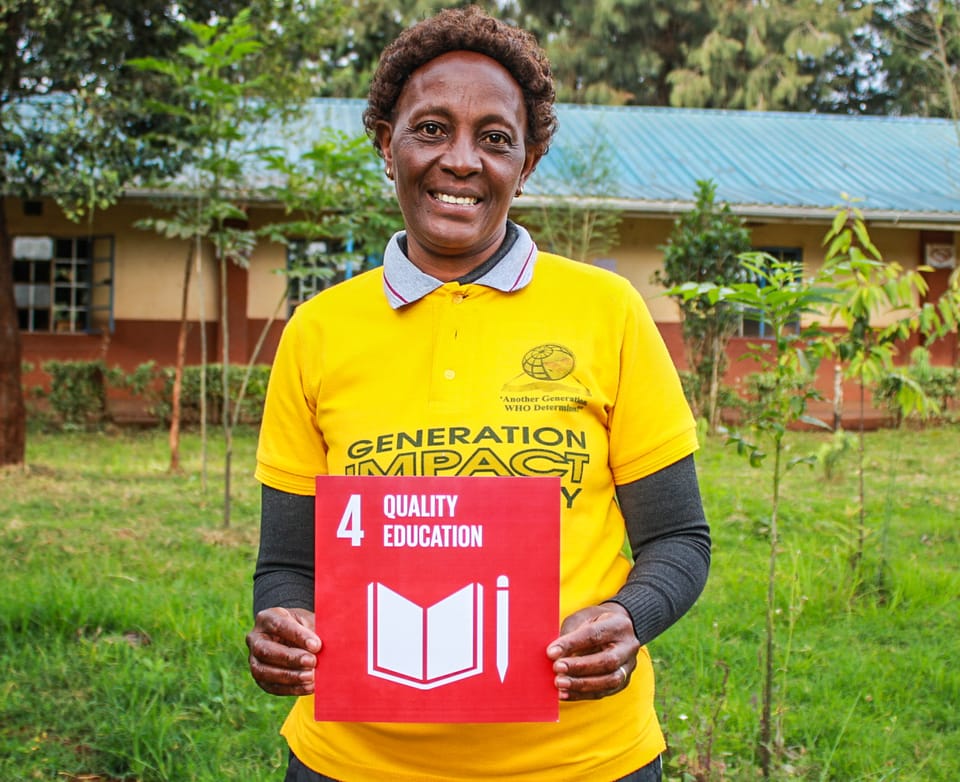
teacher
[tee-cher] noun
A guide on the side, not just a sage on the stage.
I can bet my life you were educated the same way I was. In a teacher-centered classroom where the teacher stood up front, and we, the students, sat in neatly arranged rows, not allowed to talk to each other. The teacher, almost like a god, was the source of all authority, downloading information to us, which we later regurgitated on a test designed to measure how much content we could remember.
But did you know? Maria Montessori (the mogul of early childhood education) was once dismissed from traditional schools for doing the unthinkable? She allowed children to move freely around the classroom and choose their own learning activities instead of sitting quietly in rows. To many, her methods looked chaotic and undisciplined. Yet today, Montessori schools operate worldwide, proving that self-directed learning produces far better results than strict control ever could.
In honor of Maria, and standing on the shoulders of educators like Joe Ruhl, the Tetea Global Schools Campaign adopts the 5Cs approach. Our aim is to move beyond the authoritarian model of teaching we all grew up with and instead nurture a learning environment that truly inspires.
This foundation sets the stage for how we bring the Sustainable Development Goals to life through Education for Sustainable Development in our classrooms, one session at a time.
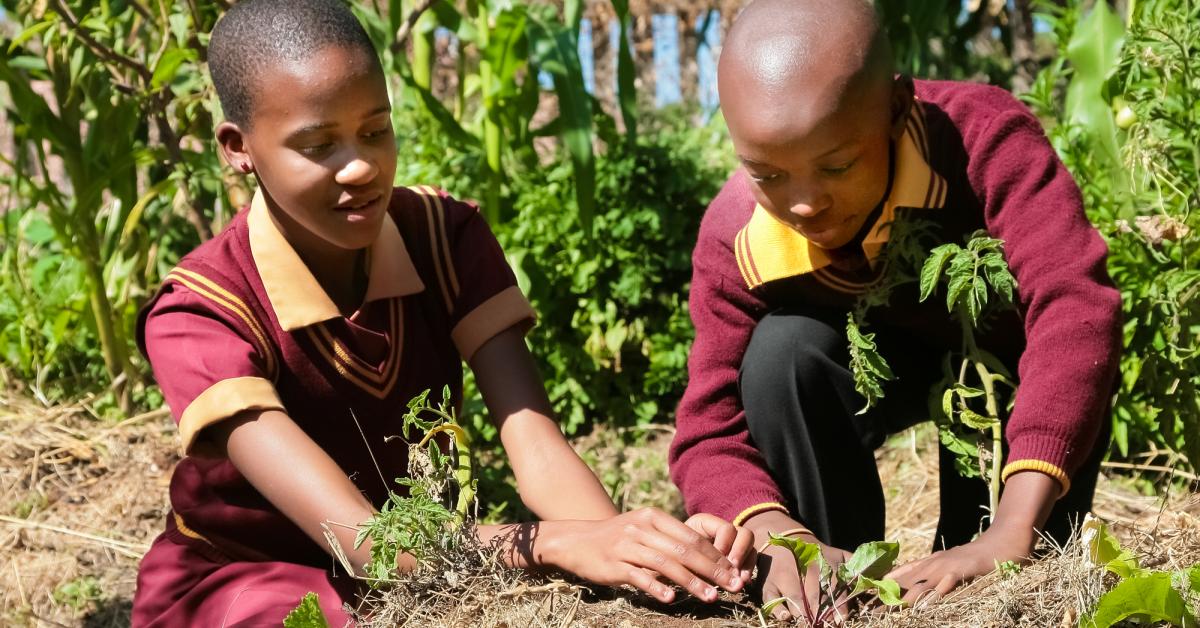
Here’s how we bring the 5Cs to life in a typical school day:
√ Morning Session: Choices | 🕗 8:00 – 8:45 am
• We begin by giving children ownership of their learning. Choices mean offering a variety of SDG-related activities designed to match their diverse learning styles. This sparks curiosity about the SDGs while also building a solid foundation of knowledge in a way that feels personal and meaningful to them.
√ Mid-Morning: Collaboration | 🕘 9:00 – 9:45 am
• Next, we invite students to collaborate. Working in groups, they tackle SDG-centered tasks where they learn to listen, negotiate, and support each other’s ideas. Here, collaboration isn’t just teamwork, it’s practicing the very skills they’ll need to achieve the SDGs together.
√ Late Morning: Communication | 🕚 11:00 – 11:45 am
• In the late morning, the focus shifts to communication. Each group gets two minutes to pitch their progress on the SDG tasks to the rest of the class. This simple practice builds confidence, sharpens presentation skills, and shows students that communication is one of the most powerful tools for driving change.
√ Afternoon: Critical Thinking | 🕑 2:00 – 2:45 pm
• In the afternoon, we shift the focus to critical thinking. Nurturing problem solvers is at the heart of Education for Sustainable Development. If we are to truly learn for the planet, then we need thinkers — students who can tackle complex local and global issues with fresh perspectives and practical solutions.
√ Late Afternoon: Creativity | 🕒 3:00 – 3:45 pm
• We close the day with a creativity showcase. Here, students express their ideas with imagination, innovation, and artistry, tying everything back to the Sustainable Development Goals. This not only reinforces what they’ve learned but also allows them to see that solving global challenges requires both knowledge and creativity.
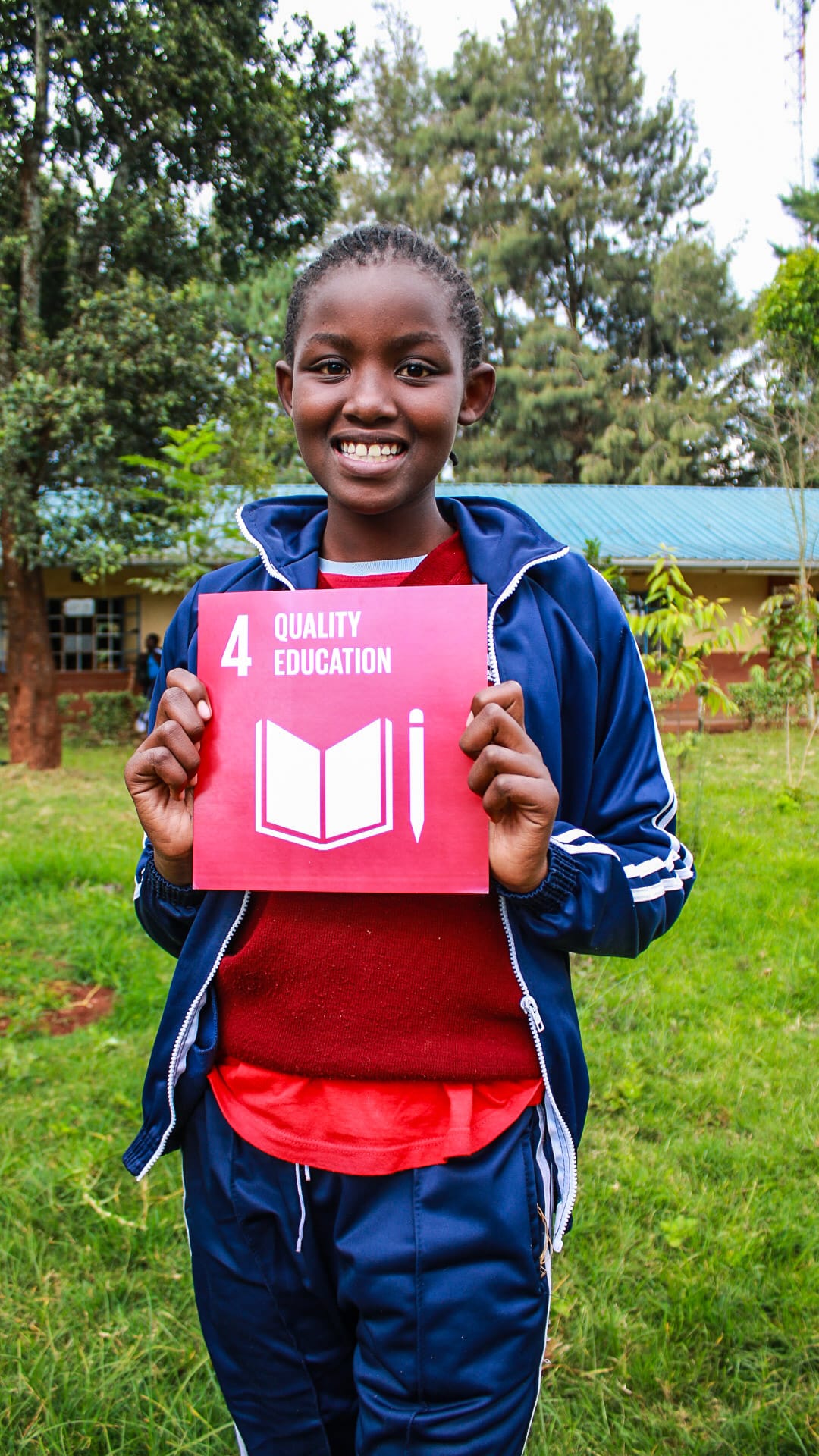
Check out: Tetea Global Schools Campaign in action — ESD at Thirime Comprehensive. 🌱📚”
This 5c's strategy requires a shift from a teacher-centered classroom to a student-centered classroom.
┗➝ It requires a teacher to remove him/herself from the front and center becoming more of a guide on the side rather than a sage on the stage.
Why Schools Should Adopt ESD
1. Because the future of our planet depends on schools and their ability to nurture responsible leaders.
➝ Schools are the core foundation of our society. They are the epicenters for future generations to learn, nurture, and create connections that will define the world in the future.
2. The SDGs give educators the opportunity and the framework to introduce complex local and global issues like gender equality, local poverty, racism, and more, while empowering students to make a difference in their communities.
3. The SDGs are an opportunity for teachers and educators to join a worldwide movement and a vibrant community of educators and specialists eager to make a difference.
➝ All around the world, schools and educators are using the SDGs to rethink their role in the 21st century and to respond to societal needs and environmental changes.
ESD opens up opportunities for educators not merely to teach, but to coach, mentor, nurture, and inspire.
Through our Global Schools Campaign, we partner with schools to bring ESD to life in the classroom. If your school wants to empower students with SDG knowledge and practical skills for a changing world, reach out to us. Together, let’s ensure no child is left behind.

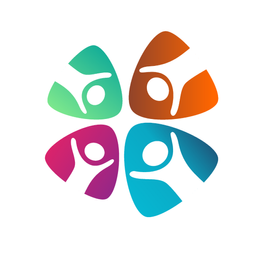
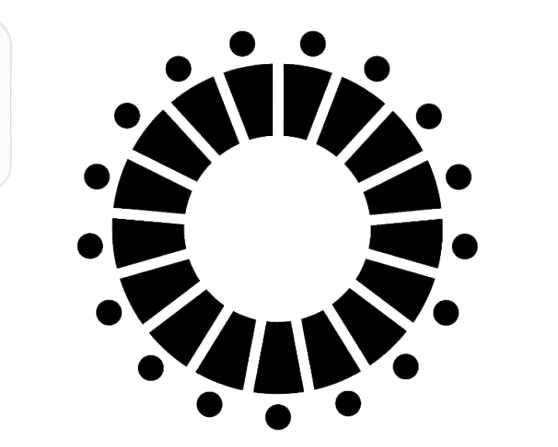

![Nurturing [Sustainable Minds]](/content/images/size/w750/2025/12/PSX_20250719_180734-1.jpg)
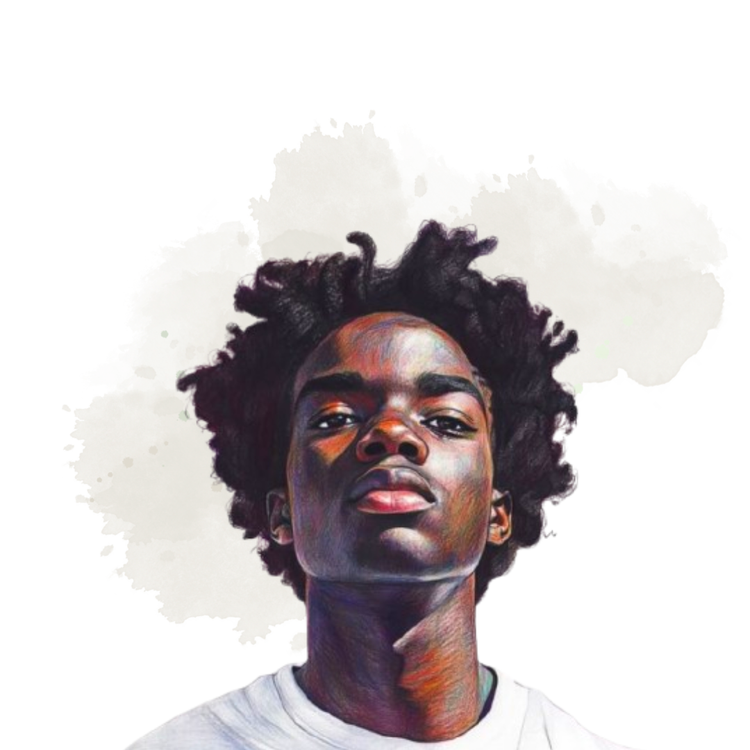

![Earth Day... [Every Day]](/content/images/size/w750/2025/05/IMG_0297-1-1.jpg)
Member discussion